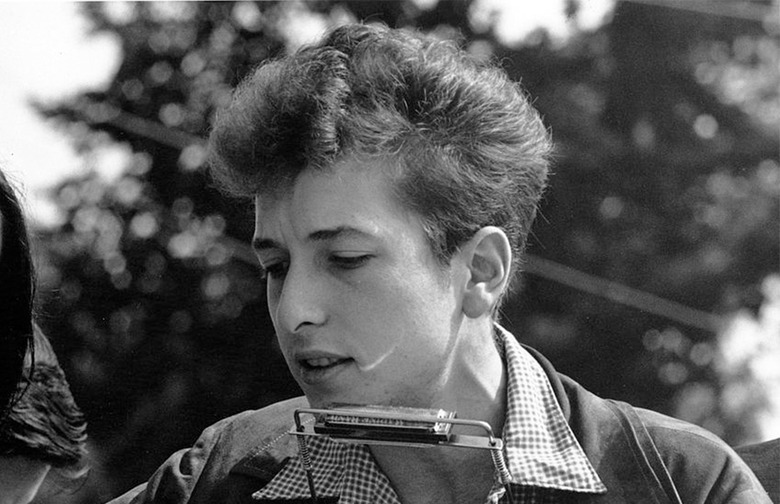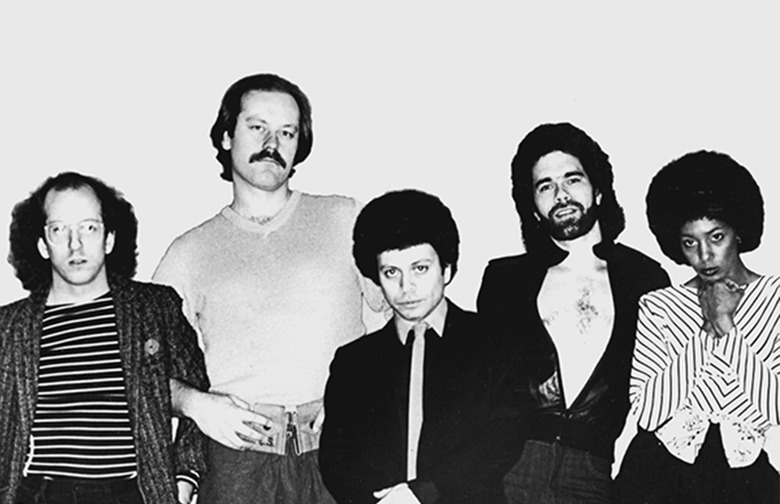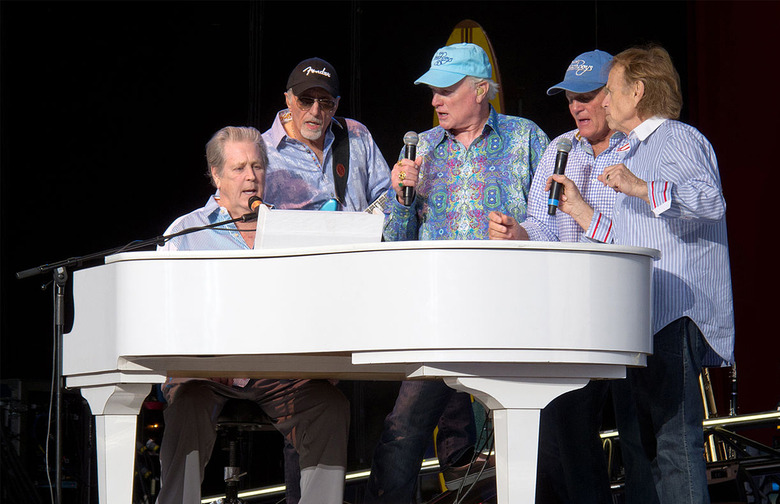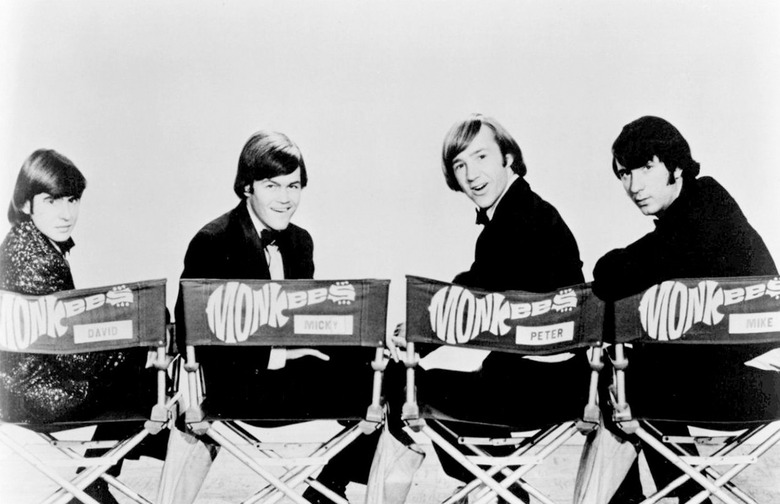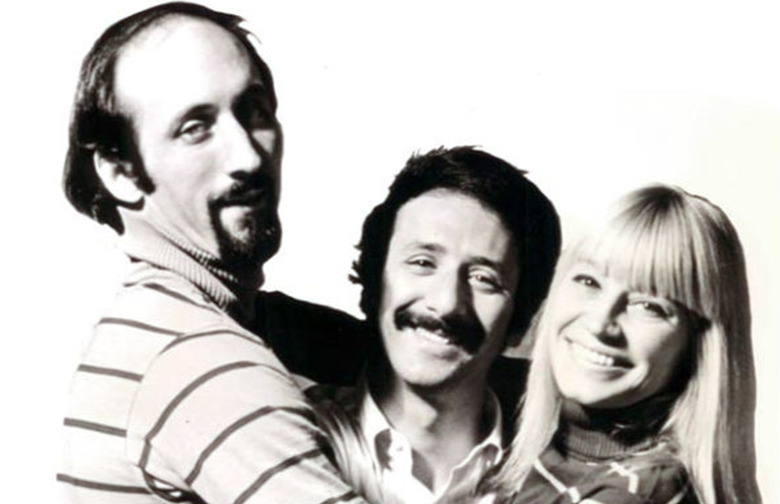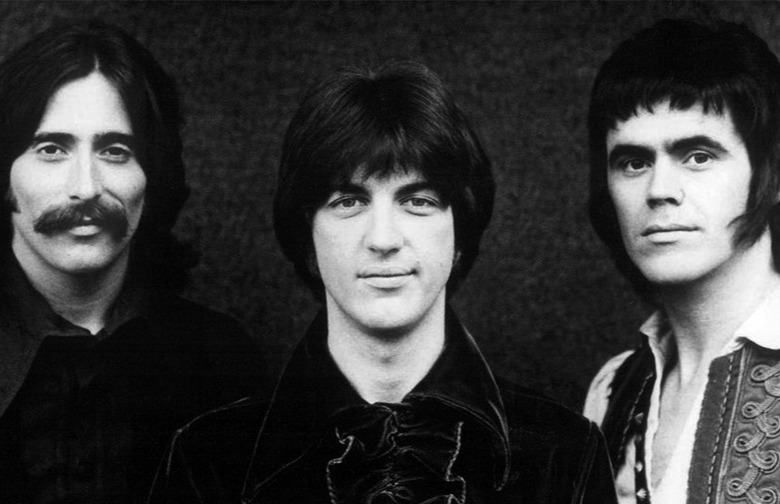10 Destinations You Can't Travel To — Because They Exist Only In Song (Slideshow)
Here's a piece of useful advice: If a random hobo says he's going to lead you to a magical, faraway land with crystal fountains, handouts growing on bushes, a lake of stew, lemonade springs, and cigarette trees — don't go. It's probably a trick, and that place, like the subject of Harry McClintock's 1928 song "Big Rock Candy Mountain," likely doesn't exist. (And good thing, too, as most of those geographic features sound terrible for the environment.) Plus, with jails "made of tin, and you can walk right out again," it can't be very safe either. But a hobo can still dream, right?
“Desolation Row” — Bob Dylan
It's quite easy to see that Bob Dylan's 1965 song "Desolation Row" is a bit fantastical, considering the use of figures such as Cinderella, Cain and Abel, the Hunchback of Notre Dame, the Phantom of the Opera, and Nero — but that hasn't stopped numerous people from trying to pinpoint the location of Desolation Row, including Dylan himself. "Oh, that's some place in Mexico," he said in an interview just after the song's release. "It's noted for its Coke factory." However, the song's guitarist, Al Kooper, suggested it was actually located on a particularly seedy part of Eighth Avenue in Manhattan. Music critic Mark Polizzotti suggested the name came from "Desolation Angels" by Jack Kerouac and "Cannery Row" by John Steinbeck. Despite these folks' best attempts to make Desolation Row real, it's quite clear that Dylan's 11-minute epic is about a place that's entirely fictional.
“Funkytown” by Lipps, Inc.
If the opening lines of "Gotta make a move to a town that's right for me / Town to keep me movin', keep me groovin' with some energy" don't make it clear that Lipps Inc.'s "Funkytown" is about moving away, then the repeated use of the phrases "Gotta move on" and "Won't you take me to Funkytown?" sure will. When the disco group wrote the 1980 song, they were living in Minneapolis and growing weary of their home, yearning to move to New York City instead. However, the vagueness regarding the town's description points to the song being about a metaphorical city, not NYC.
“Kokomo” — The Beach Boys
Unlike a lot of other songs about fictional places, "Kokomo" actually gets pretty specific when it comes to location. The Beach Boys' 1988 song describes the tropical island of Kokomo as residing somewhere "off the Florida Keys," and mentions neighboring nations like Aruba, Jamaica, Bermuda, the Bahamas, Martinique, and Haiti (specifically Port-au-Prince). Although numerous cities use this name, none are known for "bodies in the sand," "tropical drinks," or "steel drum bands" — with the possible exception of Kokomo, Hawaii, which is in the wrong geographic location. Interestingly, although the Beach Boys recorded the song (which was released to coincide with the film Cocktail), it was actually written by John Phillips (of The Mamas & the Papas), Scott McKenzie (best known for 1967's "San Francisco [Be Sure to Wear Flowers in Your Hair]"), in addition to Mike Love of the Beach Boys and musician/producer Terry Melcher.
“Last Train to Clarksville” — The Monkees
"Last Train to Clarksville," the debut single by The Monkees, talks about the narrator wishing to see his girl (or guy, we don't judge) one last time before departing by train, possibly forever. Since the song was written during the Vietnam War, it is inferred that the narrator is eventually shipping out with the military. Fort Campbell, Kentucky, is actually located near Clarksville, Tennessee — a fact that completely escaped the band. Songwriters Tommy Boyce and Bobby Hart actually lifted the name from a sign they saw in Arizona for "Clarksdale," which they simply altered.
“Margaritaville” — Jimmy Buffett
Although Margarita is a place in Italy, Panama, Spain, and Venezuela, there's no city or country called Margaritaville (although there's a restaurant chain), and an examination of the lyrics makes it pretty clear that the location is metaphorical. Jimmy Buffett (who released the song in 1977) is writing about being at a beach resort, but Margaritaville likely refers to the alcohol-induced haze in which the narrator is spending his time after drowning his sorrows over a failed romance. He nibbles on sponge cake, watches tourists, strums his guitar, and cuts his heel while also boiling shrimp, mixing up drinks, and wrestling over who is to blame for the failed relationship. In the end, he concludes, "I know it's my own damn fault."
Jimmy Buffett is one of 20 celebrities who can pilot his own plane. Click here to see the others.
“Paradise City” — Guns N’ Roses
"Take me down to the Paradise City / Where the grass is green and the girls are pretty" is the start of Guns N' Roses' 1988 smash hit song "Paradise City." Although it's about a fictional or metaphorical town where the narrator longs to be, the song was actually written in the back of a rental van following a gig in San Francisco. Guns N' Roses guitarist Slash first started humming the melody, lead vocalist Axl Rose came up with the initial part of the first lyric, and Slash finished the line. The band then expanded on the song in turns. "Paradise City" is notable for its change to double-time in the last two minutes, and also for being Slash's all-time favorite GNR song, as well as one of the greatest metal songs ever recorded.
“Puff, the Magic Dragon” — Peter, Paul and Mary
People will forever debate whether Peter, Paul and Mary's 1963 song "Puff, the Magic Dragon" is about smoking marijuana, but one thing is clear either way: Honalee/Honah Lee, the land mentioned in the lyrics ("and frolicked in the autumn mist in a land called Honalee"), does not exist. The song was actually based on a 1959 poem by 19-year-old Cornell University student Leonard Lipton, who was inspired by an Ogden Nash poem titled "The Tale of Custard the Dragon." According to PP&M's own Peter Yarrow, the song is about a little boy who grows to be too old for his childhood pet dragon, an allegory for the "loss of innocence in children." Yarrow stressed that even though the song is clearly metaphorical, it "never had any meaning other than the obvious one."
“Shambala” — Three Dog Night
A place called "Shambhala" exists in ancient Buddhist texts, but it's a mythical kingdom hidden somewhere in Hollow Earth, which invokes the idea that our planet is entirely hollow or contains some sort of substantial interior space. Although numerous expeditions have been launched to locate the land, it's safe to say that songwriter Daniel Moore wasn't really talking about a specific place, and lines about "the halls of Shambala" and being "on the road to Shambala" are likely metaphors for a spiritual path. Interestingly, the song was actually recorded and released by two different artists — American rock band Three Dog Night and country musician B.W. Stevenson — in the same week in 1973, with the former receiving much more attention and a higher spot on the Billboard charts.
“Suffragette City” — David Bowie
The exact meaning of the late David Bowie's 1972 hit "Suffragette City" isn't totally clear, but it appears to be about a man who allows himself to be controlled by a strong-willed, feminist-type woman that strings him along with promises of a physical relationship. Others have suggested the mentions of a character named Henry and the lyrics "Oh don't lean on me man, 'cause you can't afford the ticket / I'm back on Suffragette City" are a nod to sexual confusion and Bowie's own bisexuality. Regardless, there's no place called Suffragette City in real life, and thus it landed the final spot on our list.

